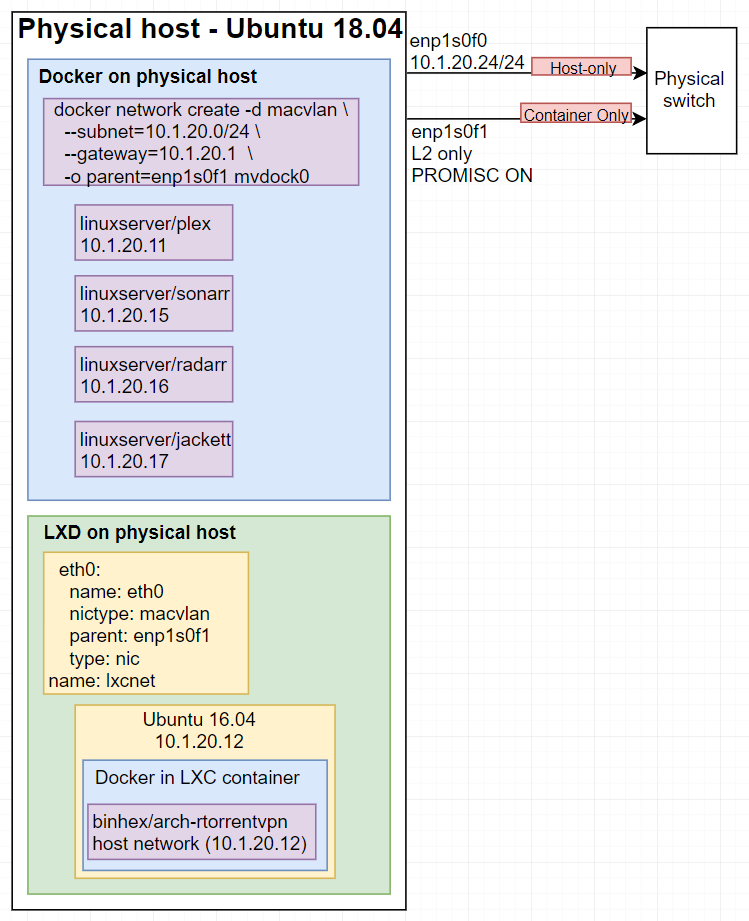

Old and outdated images can clutter your system, taking up storage space and making searches more cumbersome.ġ. Images may go through many iterations during development. How to Remove Docker Imagesĭocker images are files, which include multiple layers used to run code within a container. Using these terms in conjunction with labels gives you in-depth control over removing assets in Docker. This command tells Docker to remove all containers that are not labeled with a maintainer of " jeremy." The != command is a logical notation that means " not equal to." To do so, use the command: docker container prune -filter="label!=maintainer=Jeremy" You can also specify to delete all objects that do not match a specified label. af indicates this should apply to all containers ( a) without a required confirmation ( f). The & attribute instructs Docker to remove all stopped containers and volumes. Then, the information is passed back to the container stop command and stops all the containers. Inside the parentheses, you instruct Docker to generate a list of all the containers with their numeric ID. This instructs Docker to stop the containers listed in the parentheses. To wipe Docker clean and start from scratch, enter the command: docker container stop $(docker container ls -aq) & docker system prune -af -volumes To remove all stopped containers: docker container rm $(docker container ls -aq) Remove All Docker Containers

Like before, this removes a container with the ID you specify. To remove a stopped container, use the command: docker container rm Note: If you are logged in as the sudo user, make sure to add the sudo prefix before both docker commands when stopping all containers ( sudo docker container stop $(sudo docker container ls -aq) ).


 0 kommentar(er)
0 kommentar(er)
